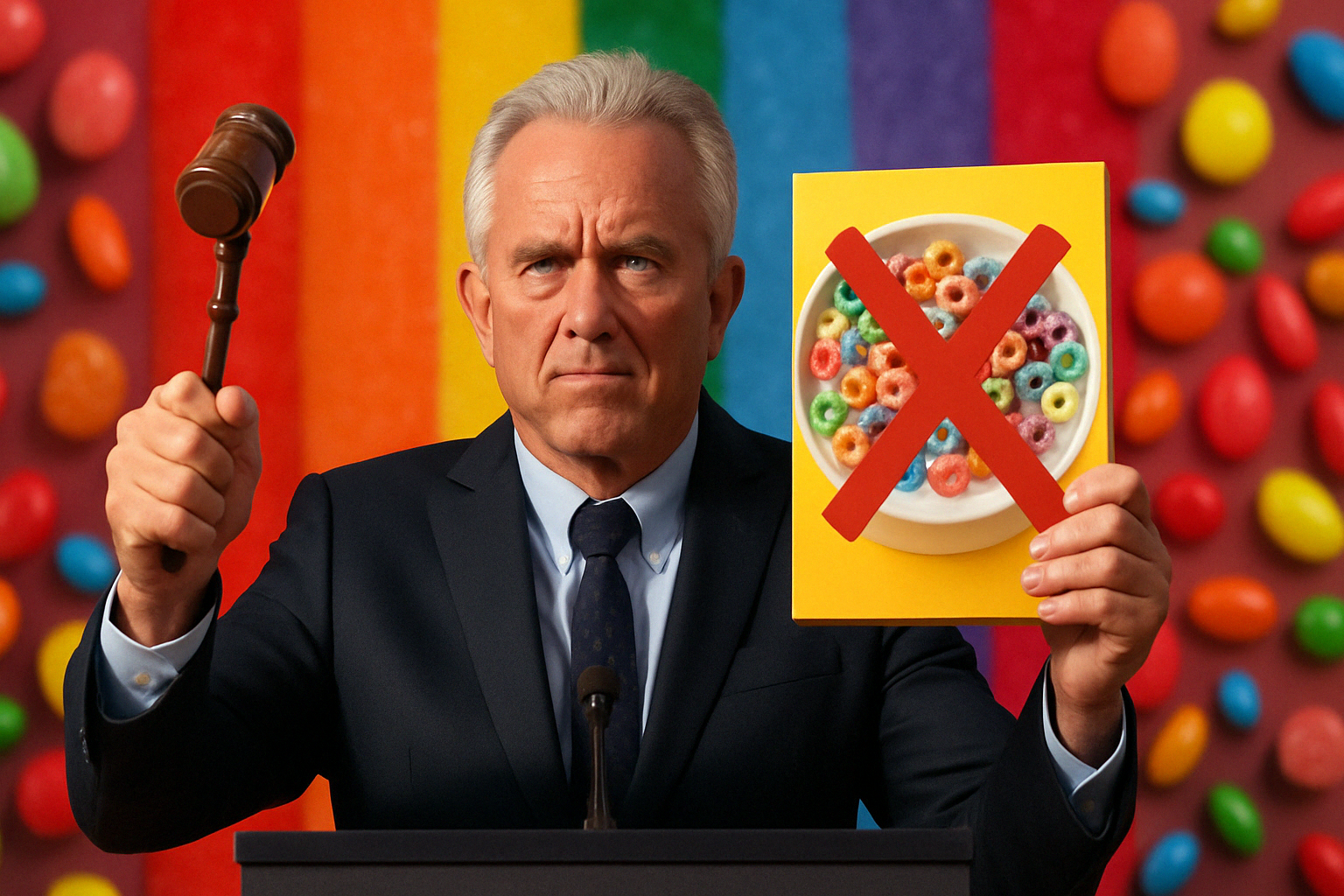Microdosing psychedelic mushrooms might sound like something from a 1970s commune or Silicon Valley retreat, but today, it’s quietly becoming a mainstream mental health tool—especially among women navigating stress, anxiety, and burnout. From moms to creatives to CEOs, people are taking tiny, sub-perceptual doses of psilocybin (the active compound in magic mushrooms) to ease anxiety, lift mood, and unlock focus. And surprisingly, it’s not just anecdotal hype—science is starting to back it up.
But with legality murky and long-term effects still unclear, the question remains: Is microdosing a safe mental health breakthrough, or just a trendy placebo wrapped in wellness vibes?
What Is Microdosing, Exactly?
Microdosing involves taking very small doses (typically 5–10% of a recreational amount) of a psychedelic substance like psilocybin. These tiny doses don’t produce hallucinations or dramatic visuals—but users report subtle improvements in mood, creativity, and clarity.
The goal isn’t to “trip”—it’s to feel slightly better. Like taking a supplement for your mind.
Why Are Women Especially Embracing Microdosing?
Many women describe microdosing as the first thing that’s ever actually worked for their anxiety, especially when traditional treatments (SSRIs, therapy, or meditation) fall short. Some claim it eases PMS, improves connection with their bodies, or enhances intuition. Others say it helps them parent more patiently, stay present in their relationships, or tap into creative flow.
In a world where women’s mental health is often misunderstood or overmedicated, microdosing feels gentler, more empowering—and natural.
The Science: What Does Research Say?
1. Psilocybin and Depression Relief
Clinical studies using full psychedelic doses of psilocybin (not microdoses) show dramatic reductions in depression and anxiety. In a 2020 study published in JAMA Psychiatry, a single high dose of psilocybin produced “rapid and sustained” improvements in treatment-resistant depression for weeks.
2. Microdosing Studies Begin to Catch Up
Early microdosing research is less robust but promising. A 2020 review in Psychopharmacology found that microdosers reported lower levels of stress, anxiety, and depression compared to non-users. A 2021 observational study in Scientific Reports found improvements in mood and cognition over 30 days, especially when paired with intention-setting and self-reflection.
3. Possible Neurobiological Effects
Psilocybin is believed to increase neuroplasticity and reduce activity in the brain’s “default mode network”—the area linked with rumination and overthinking. That’s one reason it’s so appealing for anxiety, where racing thoughts dominate.
Is It Legal?
Here’s where it gets complicated:
- Federally: Psilocybin remains a Schedule I controlled substance in the U.S.—illegal to possess or distribute.
- Decriminalized: Cities like Denver, Oakland, and Seattle have decriminalized possession, meaning enforcement is low priority.
- State-level shifts: Oregon and Colorado are rolling out legal therapeutic psilocybin programs under medical supervision.
So while you can’t buy it at Whole Foods (yet), access is becoming more common through underground guides, online mushroom spore kits, or emerging clinical channels.
Risks and Considerations
Microdosing is generally considered low-risk physically, but it’s not for everyone. Here’s what to keep in mind:
- Underlying mental illness: People with schizophrenia, bipolar disorder, or psychosis history should avoid it entirely.
- Drug interactions: Mixing psilocybin with antidepressants or anxiety meds can alter effects—talk to a doctor (ideally one familiar with psychedelics).
- Lack of regulation: Dosages aren’t standardized, and sourcing mushrooms from the internet or friends brings quality control issues.
Real Stories: “It Changed My Life, Quietly”
Meet Sara, 33, a marketing manager in Austin: “I started microdosing after getting off Lexapro. I was skeptical but desperate. Within a week, I felt more grounded. I wasn’t numb like with SSRIs—I was just… okay. Like I could breathe again.”
Or Camille, 41, a mother of two: “Microdosing helped me parent without snapping. It didn’t make the stress go away, but it made me less reactive. I feel more me.”
These stories aren’t clinical trials—but they reflect thousands of voices finding relief outside the pharmaceutical system.
How Do People Microdose in Practice?
Most follow the “Fadiman Protocol”—named after psychologist James Fadiman—consisting of:
- Day 1: Microdose (typically 0.1 to 0.3 grams of dried psilocybin mushrooms)
- Day 2: Rest/Integration
- Day 3: Rest again
- Repeat for 4–6 weeks
Others customize their schedule or use mushroom-based capsules with standardized dosing. Many also pair microdosing with journaling, breathwork, meditation, or therapy.
Quick Reference: Microdosing vs Full Trip
| Effect | Microdosing | Full Psychedelic Dose |
|---|---|---|
| Hallucinations | No | Yes |
| Anxiety Reduction | Subtle, cumulative | Potentially rapid, intense |
| Emotional Insight | Gradual | Profound, sometimes overwhelming |
| Legal Status | Still illegal in most areas | Illegal except in clinical trials or Oregon/Colorado therapy |
FAQs About Psychedelic Microdosing
Can I microdose legally?
In most of the U.S., no. But enforcement is often lax in decriminalized cities. Always research local laws first.
Will I “trip” on a microdose?
No—if dosed correctly. The goal is sub-perceptual effects, meaning you feel slightly better, not altered.
Can microdosing replace antidepressants?
Not officially. Some people taper off meds before trying microdosing, but always work with a mental health professional before making changes.
Final Dose: A Quiet Revolution in Mental Health?
Psychedelic therapy, once stigmatized and criminalized, is slowly becoming a frontier of hope for people tired of Band-Aid solutions. Microdosing psilocybin isn’t magic—but for many, it’s meaningful. It offers a gentle nudge toward emotional balance, creative clarity, and calm in an anxious world.
And while we’re still learning exactly how it works, one thing is certain: the conversation is only getting louder. Whether you’re curious, cautious, or skeptical—this isn’t fringe anymore. It’s a movement.
Sources & Further Reading:
- JAMA Psychiatry: Psilocybin & Depression
- Psychopharmacology: Microdosing Review
- Scientific Reports: Mood & Cognition Study



